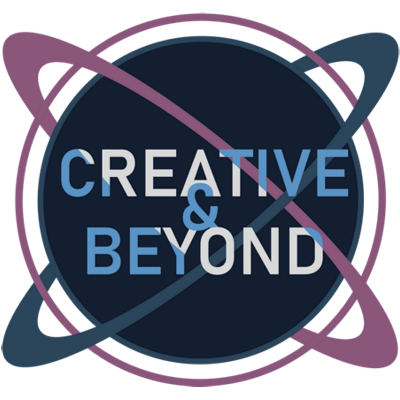The Endless Creative - part 4 - Stories
Welcome to part four of an ongoing series based off of my book, The Endless Creative.
If you’re just tuning in, I recommend starting at part one.
Stories
Hey, let’s talk about stories!
Who doesn’t like a good story? You, in the back there? Oh, c’mon, don’t kid yourself. I know you love ’em too! We all do.
Stories have been around for a while. They’re one of the oldest forms of entertainment. They’re an essential part of our culture, our makeup (no blush or eyeshadow, but definitely foundation), our heritage as human beings. While the manner of presentation has changed over the years (verbal, pictorial, written, audio, audio visual, etc.) stories still share the same basic elements.
Storytelling has been around for a while, but how much do we really need it? Some, indeed, dismiss fictional stories as mere escapism. The general idea is that the characters and events are not real and, therefore, not important. Some even go so far as to say that fictional stories are lies and, therefore, are harmful. I beg to differ.
Works of fiction can lead us to the deeper truths of life, wrapped in a cleverly decorated package. They allow us a window through which to recognize the fantastic among the familiar. They catch us off guard, and, by doing so, reach the guarded places in our hearts and minds that we prefer to keep hidden and unmoved.
Consider what Allen Arnold has to say from his book, The Story of With:
Just as explorers travel to fantastical places in search of the unknown, stories can transport us to places where we can then see our own stories more clearly. They invite us into other worlds and, in the process, offer a new way of seeing our own world.
Stories speak to our hearts in ways that facts alone fall short. Like when tears come unexpectedly while watching a movie. Or when a song you haven’t heard in a decade provokes a forgotten longing.
We underestimate stories when we see them as just an escape from reality or a vehicle to teach a lesson. We don’t need to escape our lives—nor do we need more lessons. We need our hearts awakened. And nothing reaches the heart faster than story.
Stories have the power to move us in a way few other things can. They can open us to new ways of thinking and living or remind us of what we value. Even though stories vary widely, they’re all fundamentally about one thing: change.
Change happens all around us—it’s unavoidable. We can choose to resist it, ignore it, or become part of it. To be a creative is to be a force for change, to stand at the helm, steering the wheel, riding high on the waves (and making a few of your own).
Many of us want the world to change for the better, but before that can happen, we must be willing to be changed—in a big way. Why’s that?
To offer something to the world, you first need something to offer.
You must undergo change. This is the journey of the creative: to follow the path from ordinary to extraordinary, from mundane to magnificent, from common to creative. Something great resides within you: the seeds of change.
As James Clear writes in Atomic Habits
All big things come from small beginnings. The seed of every habit is a single, tiny decision. But as that decision is repeated, a habit sprouts and grows stronger. Roots entrench themselves and branches grow.
The same holds true for your own creative growth. And as you allow the power of story to mold and shape you into something amazing, your own life becomes a story to others, changing them in turn.
Just how does all that work? We’re going to look into that as we examine some of the widely accepted aspects of fiction story-craft, including structure, and how they’re tied to the journey of the creative.
On this journey, you’ll meet new people and hear new stories. You’ll encounter challenges and trials (though not without a little fun). When you emerge on the other side, will you be unscathed? I can’t promise that, but you will come out more alive than ever. You will be changed. How much? That’s entirely up to you.

